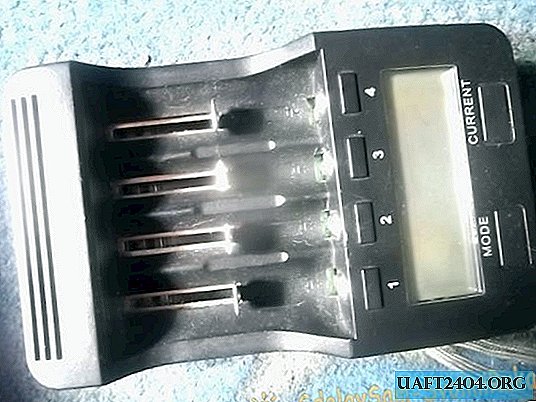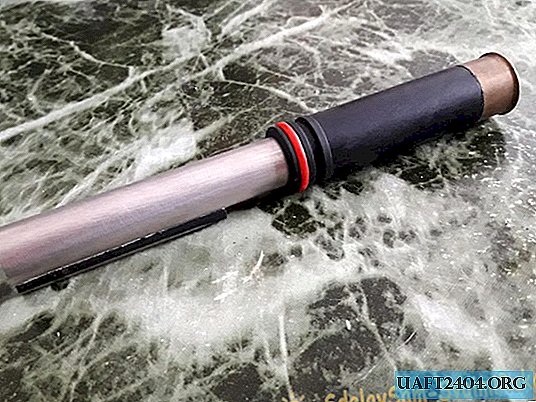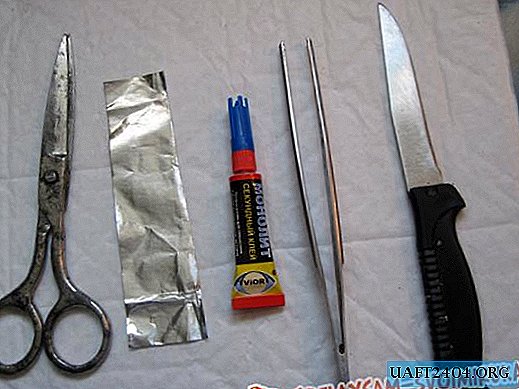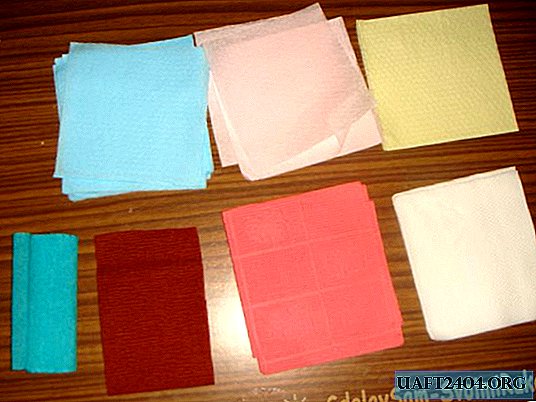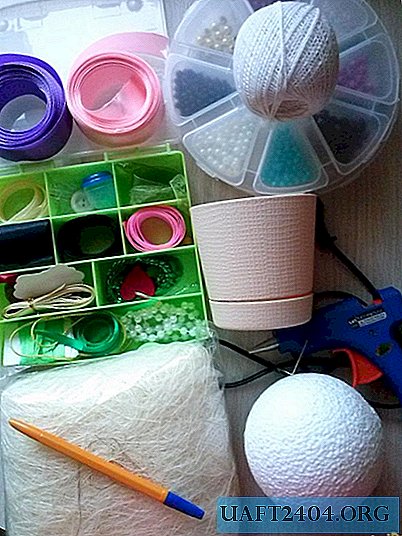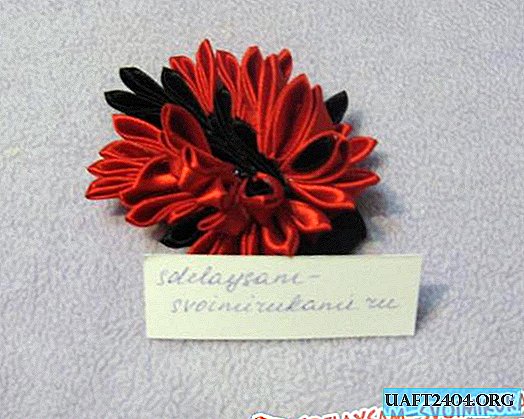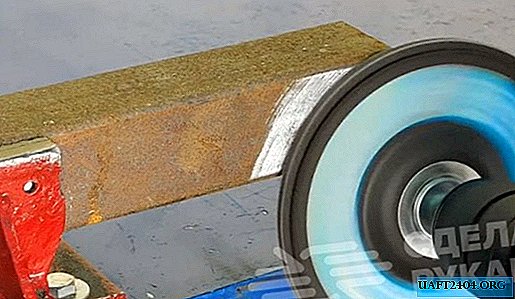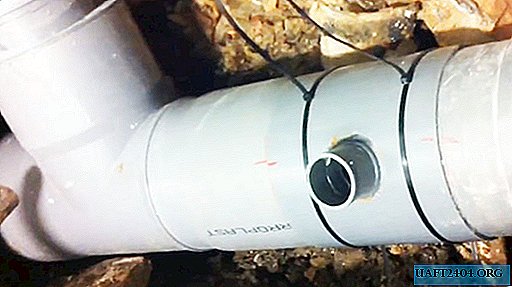Share
Pin
Tweet
Send
Share
Send
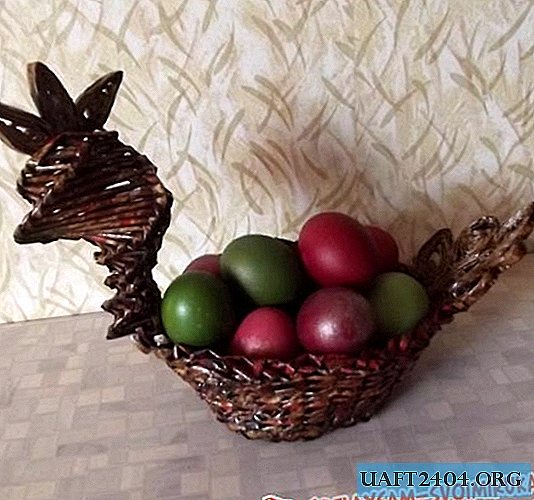
To weave dishes in the form of an Easter chicken, you will need:
• magazine tubes - 66 pieces;
• newspaper tubes - 11 pieces
•PVA glue;
•glue;
•scissors;
• clothes pegs.
To create an oval bottom, 16 journal tubes of red color are selected. The sticks are laid out in pairs, then a rectangular lattice is woven from them. The working tube entering the process is bent in half and braided around the grate by simple weaving. The bottom is carried out in four tight rows. The paired bars of the grating are pulled apart and braided separately, gradually the red rectangle turns into an oval. On two sides of the bottom, two pairs are left for the head and tail, they are braided together until the end of weaving.






All red tubules bend vertically and turn into racks. Now the walls of the product are created by the same weaving, expanding with each row by tilting the racks. To complete the walls, 9 rows are required.
The work is closed by folding the racks for each other, leaving 3 racks for the chicken’s head, the central rack is paired. At the opposite end, one pair of tail posts is also left.









The neck and head of the chicken are made by spiral weaving. The left racks are unbent in different directions, another working tube is applied to them, the work is done by laying the vines on each other in a circle. After passing a few circles for the neck, the spiral expands. Having completed a sufficient number of wide circles, the process ends, the remnants of the twigs are cut and glued together.









Rings are twisted from a soft newspaper vine, from which droplets are formed by loosening the winding. Finished items are smeared with paper glue and left to dry. A total of 9 drops are required.








With a special glue on the crown of the chicken’s head three drops are attached in the form of a scallop. On the other hand, a bird's tail is formed from six droplet elements. The finished dish is varnished - impregnated with rosewood.
Share
Pin
Tweet
Send
Share
Send

